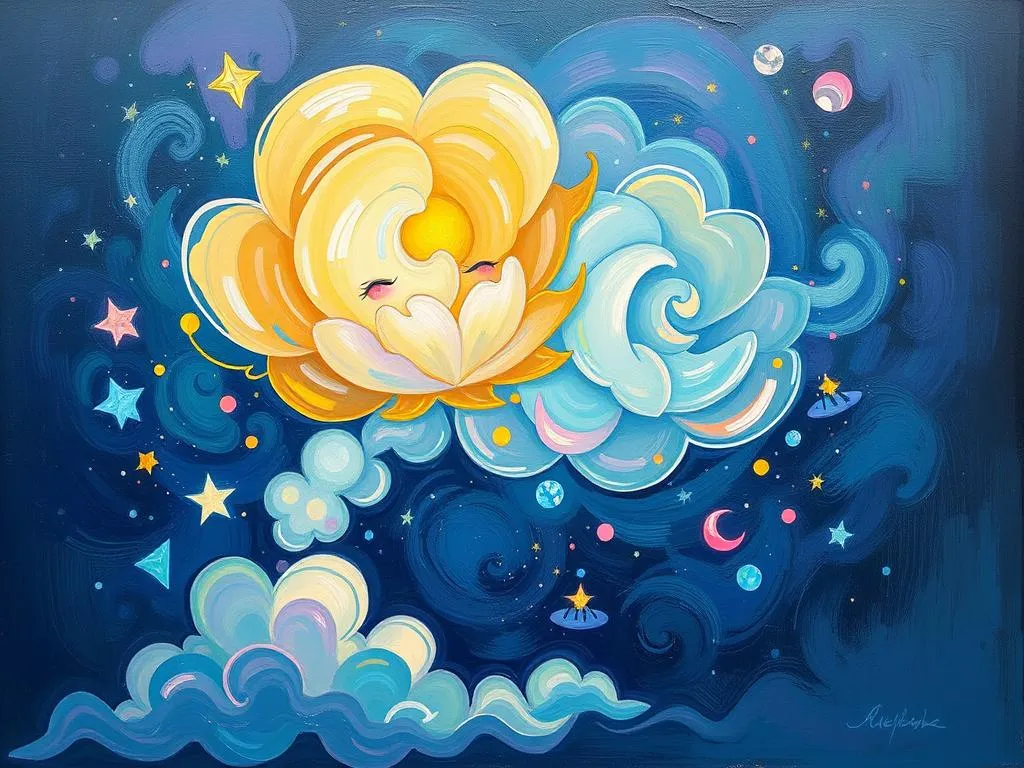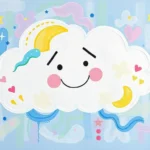
Introduction
Dreams have long fascinated humanity, serving as windows into our subconscious and reflections of our innermost thoughts and feelings. The realm of dreams is rich with symbols and narratives that can reveal hidden aspects of our lives. As we navigate our daily existence, the significance of our dreams often eludes us, leading to a desire to understand their relevance. This exploration of dreams, particularly focusing on the symbolism they contain, intrigues people from all walks of life. In this article, we will delve into the symbolism and meaning of common dream symbols, examine various scenarios within those dreams, and explore how these experiences can connect to our waking lives.
Symbolism and Meaning
Every dream is a tapestry woven from our experiences, emotions, and thoughts. Within these dreams, certain symbols frequently emerge, each carrying its own unique significance. For instance, water often symbolizes the unconscious mind, emotions, and the flow of life. A dream featuring turbulent waters may suggest feelings of being overwhelmed, while a serene lake could represent tranquility and a state of emotional balance.
Another prevalent symbol is flight. The act of flying in a dream can signify freedom, escape, or the desire for transcendence. However, the context matters significantly; flying effortlessly may indicate a sense of empowerment, while struggling to remain airborne could reflect feelings of insecurity or the burden of responsibilities.
Doors and windows are also common symbols within dreams. They often represent opportunities or transitions. A door that opens easily may suggest new possibilities, while a locked door could symbolize obstacles or fears preventing progress. Windows, on the other hand, can signify perspective; looking out may imply gaining insight into a situation, while being trapped inside suggests isolation or a lack of clarity.
It’s essential to approach dream interpretation with a personal lens, as the meanings can vary based on individual experiences and feelings. For example, a snake might evoke fear for one person, symbolizing betrayal or danger, while for another, it may represent transformation and healing, given its association with shedding skin. This duality highlights the importance of context and personal relevance when deciphering dream symbols.
Key Scenarios and Variations
Dream scenarios often vary widely, impacting the overall interpretation of the symbols within them. One common scenario involves being chased. In dreams where the dreamer is pursued, the symbolism of the pursuer can reveal much about the dreamer’s waking life. The pursuer may represent an unresolved issue, a fear, or even an aspect of the self that the dreamer is trying to escape. Conversely, in dreams where the dreamer is the one chasing, it could signify ambition, the pursuit of goals, or the desire to confront something head-on.
Another variation can be found in dreams about examinations or tests. These dreams often evoke anxiety and can be tied to feelings of inadequacy or self-doubt. The symbolism here may relate to the dreamer’s perception of their competence in waking life. If the dreamer fails the test, it could represent a fear of failure or anxiety about their performance in a particular area. On the other hand, passing the test may symbolize a sense of accomplishment and readiness to face challenges.
Dreams of losing teeth are also worth mentioning, as they are surprisingly common. This scenario can carry multiple meanings depending on the context. For some, it may symbolize concerns about appearance or aging, while for others, it may reflect feelings of powerlessness or loss of control. The emotional state of the dreamer during the dream is vital; for instance, if the dreamer feels relief after losing teeth, it could hint at a desire to let go of superficial concerns and embrace a more authentic self.
The presence of animals in dreams often adds layers of meaning. For example, dreaming of a lion may evoke feelings of courage and strength, while a mouse could symbolize vulnerability or fear. The behavior of the animal also plays a crucial role; a fierce lion attacking may indicate a challenge the dreamer must confront, while a peaceful mouse might suggest the need for gentleness in a particular situation.
These scenarios illustrate how variations in dreams can shift interpretations. By examining the details—the emotions felt, the characters involved, and the dreamer’s personal associations—we can gain a clearer understanding of what these dreams may be communicating.
Real-Life Connections and Takeaways
Connecting dream symbolism to real-life situations requires introspection and openness. To begin this process, consider keeping a dream journal. Recording dreams immediately upon waking can help capture the details and emotions before they fade away. This practice allows you to identify recurring themes, symbols, and emotions over time, providing valuable insights into your inner world.
Reflect on the emotions you experience in your dreams. Are there specific feelings that stand out? Perhaps you frequently feel anxious or liberated in your dreams. These emotional responses can be linked to your waking life, guiding you toward areas that may need attention or exploration.
When interpreting dreams, ask yourself how the symbols resonate with your current life situation. For instance, if you dream of flying and feel empowered, consider what aspects of your life allow you to feel that sense of freedom. Conversely, if you dream of being chased, think about what unresolved issues or fears may be causing you to feel pursued in your waking life. The key is to approach your dreams with curiosity rather than judgment, recognizing that they can serve as mirrors reflecting your thoughts and feelings.
Additionally, consider discussing your dreams with trusted friends or family members. Sometimes, an outside perspective can shed light on aspects you may not have considered. Sharing your dreams can foster deeper connections and provide fresh insights into your experiences.
Lastly, engage in self-reflection regarding any recurring themes or symbols. Take a moment to meditate on what these elements mean to you personally. For example, if you frequently dream of water, what associations do you have with it? Is it calming, intimidating, or something else entirely? By exploring these feelings, you can uncover deeper layers of meaning in your dreams.
In conclusion, the world of dreams is an intricate landscape filled with symbols and narratives waiting to be explored. By understanding the symbolism and meaning behind our dreams, examining their various scenarios, and reflecting on their connections to our waking lives, we can gain profound insights into ourselves. As you engage with your dreams, remember to approach them with an open heart and mind, allowing for personal interpretation and understanding. Embrace the journey of self-discovery that your dreams offer, and you may find that they illuminate paths you never knew were there.







